Water movement in the soil: Important notes for irrigation management
Irrigation should not be applied uniformly in fields because soil differs in structure and texture. Understanding water movement dynamics for individual fields are very important for irrigation scheduling.
Could compost tea be part of the solution?
Compost tea, if used correctly, can help reduce the use of harmful pesticides through the introduction of beneficial microbes and at the same time bring nutrients that are essential for plant growth and soil functions.
Understanding the black gold of the earth – humus.
Humus is a stabilized fraction of organic matter and is a general term referring to a heterogeneous mixture of different humic substances.
Living roots are key
Soils have become high nutrient input systems resulting in the use of substantial amounts of synthetic fertiliser to grow our crops. There is a simple solution to this problem, we need to feed our “underground herds”
Make every drop count
Improved irrigation efficiency is becoming highly important due to the current decrease in available water resources and growing populations that lead to expansion of agricultural activities. Therefore proper water usage and management is vital for agricultural producers.
Dung beetles have been largely undervalued
Dung beetles are part of nature’s process of returning nutrients from animals to the soil so that they can be used to grow more fodder for the animals.
The goose that lays the golden egg
Does your maximum production approach affect your ability to produce well into the future? This blog discusses some principles for a sustainable approach to farming that can be applied daily.
Farmers who focus on soil health are happier
One of the pillars of sustainability is social welfare. An aspect of social welfare that I think receives little focus is the well-being of farmers.
Pasture-based dairy: what is possible?
I am challenging farmers to think differently about how their farm systems are set up, especially in terms of their reliance on concentrates and fertiliser inputs. There is an alternative approach to the current convention.
Growing pasture with minimal nitrogen fertiliser
How low have farmers been able to come with nitrogen fertiliser rates, while still maintaining optimal pasture growth?


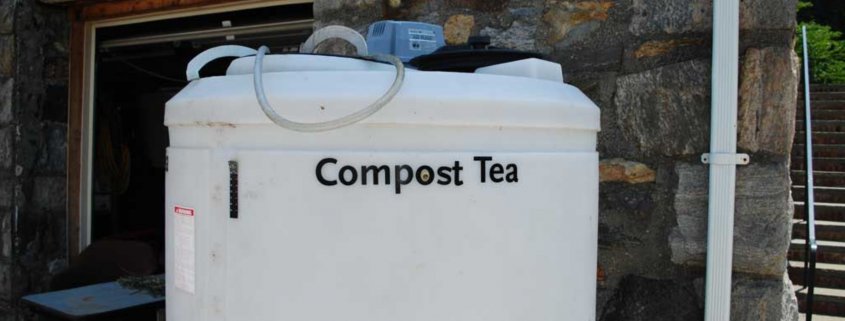
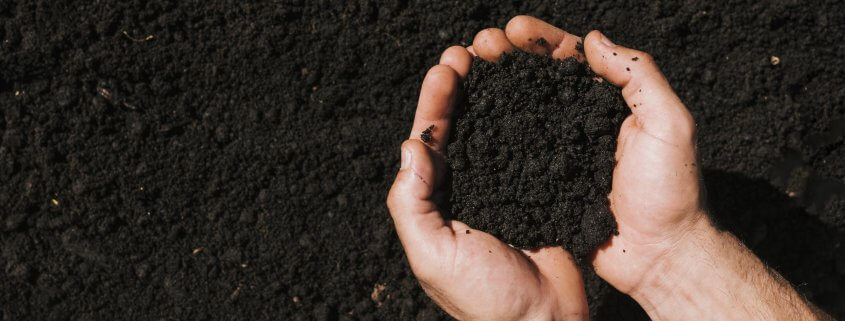
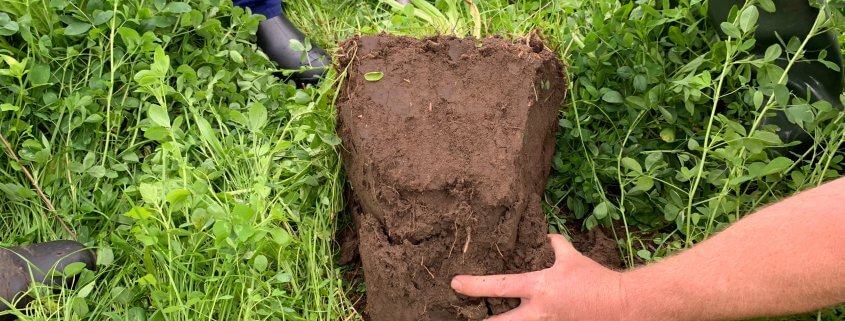
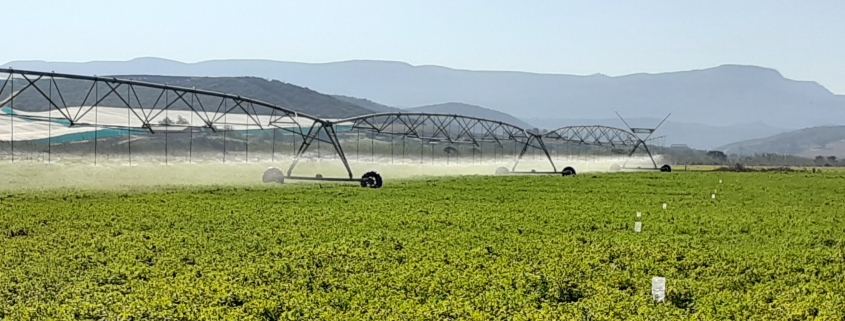
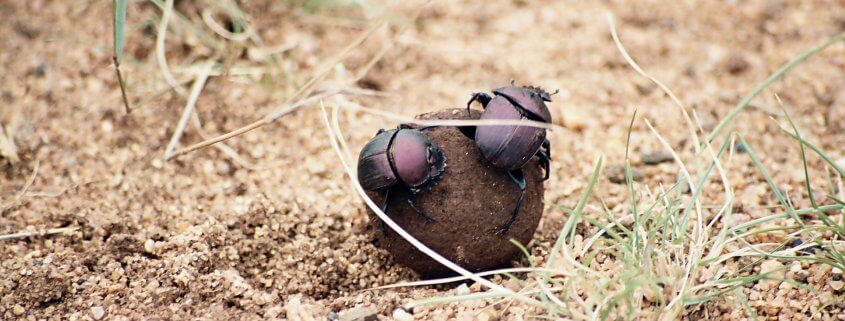

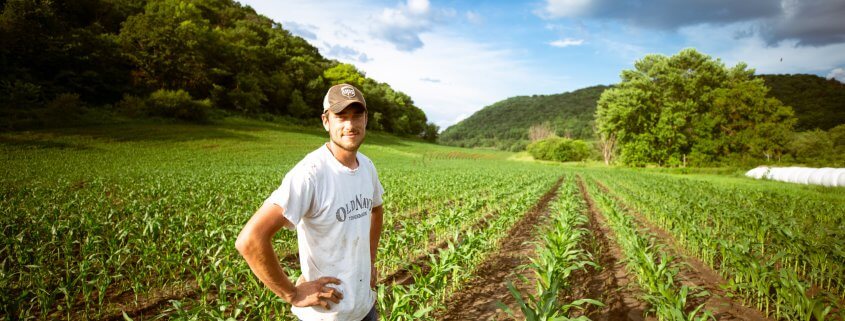
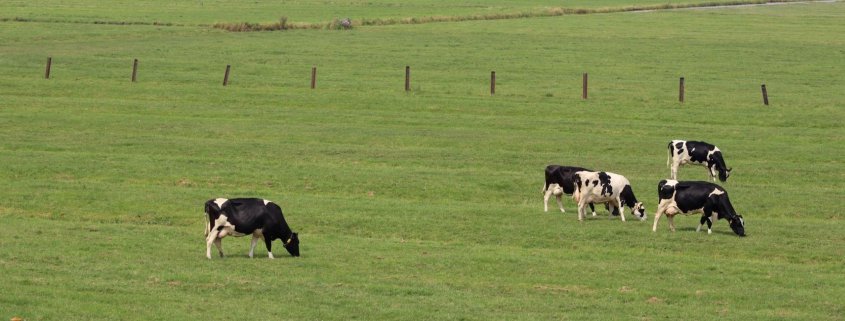 https://unsplash.com/photos/TfGqzlSaQdw
https://unsplash.com/photos/TfGqzlSaQdw